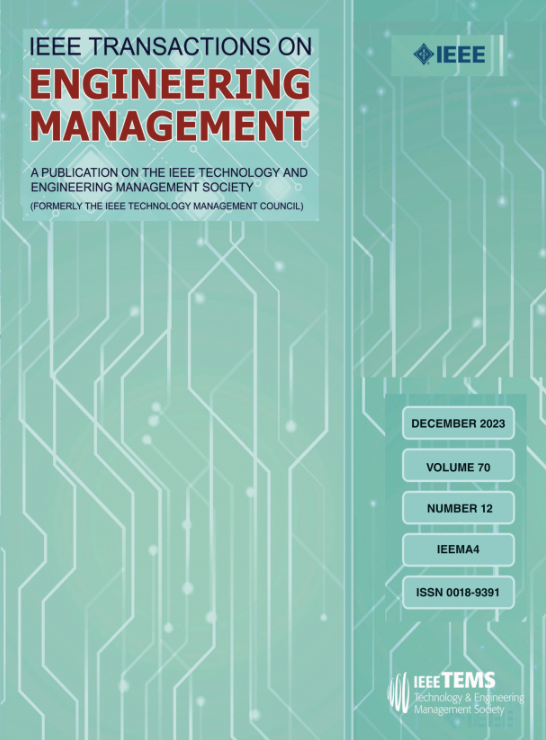Enhancing Retail Inventory Replenishment Amid Product Life Cycle Shifts: A System Dynamics Approach
IF 4.6
3区 管理学
Q1 BUSINESS
引用次数: 0
Abstract
Introducing a new product into a retail assortment presents significant challenges for inventory planning, particularly when an existing product is nearing the end of its life cycle. These challenges are amplified by fluctuating daily demand and the need for optimal replenishment strategies. Our study addresses these challenges through a system dynamics modeling approach that simulates the impact of new product demand patterns on inventory decisions. By examining the interplay between new and existing product demands, the model highlights the critical importance of setting a minimum demand threshold to prevent premature phase-out and mitigate stockouts. The analysis also emphasizes the need to incorporate substitution effects into inventory planning frameworks to enhance decision-making and develop robust management systems. Additionally, our research explores how demand patterns for newly introduced competing products can determine whether an existing product is phased out early or retained for an extended period. The study reveals that assortment choices are more intricate for competing products characterized by fluctuating demand patterns. The study also highlights the role of safety stock adjustments, review periods, and demand forecasting time windows to mitigate stockouts and reduce lost sales. Using empirical data from a fashion retailer, the simulations yield actionable insights, emphasizing the need for accurate demand forecasting and effective replenishment strategies. More importantly, this work offers practical guidance for retail operations managers to optimize product assortment timelines and manage safety stock levels to reduce lost sales and improve inventory management systems.在产品生命周期变化中加强零售库存补充:系统动力学方法
在零售分类中引入新产品对库存计划提出了重大挑战,特别是当现有产品接近其生命周期结束时。这些挑战因每日需求的波动和最佳补充战略的需要而更加突出。我们的研究通过系统动力学建模方法解决了这些挑战,该方法模拟了新产品需求模式对库存决策的影响。通过检查新产品和现有产品需求之间的相互作用,该模型强调了设置最低需求阈值以防止过早淘汰和缓解缺货的重要性。分析还强调需要将替代效应纳入盘存规划框架,以加强决策和发展强有力的管理制度。此外,我们的研究探讨了新推出的竞争产品的需求模式如何决定现有产品是提前淘汰还是延长保留时间。研究表明,在需求模式波动的竞争产品中,分类选择更为复杂。该研究还强调了安全库存调整、审查周期和需求预测时间窗口在缓解缺货和减少销售损失方面的作用。利用来自时尚零售商的经验数据,模拟产生了可操作的见解,强调了准确的需求预测和有效的补充策略的必要性。更重要的是,这项工作为零售业务经理优化产品分类时间表和管理安全库存水平提供了实用指导,以减少销售损失和改进库存管理系统。
本文章由计算机程序翻译,如有差异,请以英文原文为准。
求助全文
约1分钟内获得全文
求助全文
来源期刊

IEEE Transactions on Engineering Management
管理科学-工程:工业
CiteScore
10.30
自引率
19.00%
发文量
604
审稿时长
5.3 months
期刊介绍:
Management of technical functions such as research, development, and engineering in industry, government, university, and other settings. Emphasis is on studies carried on within an organization to help in decision making or policy formation for RD&E.
 求助内容:
求助内容: 应助结果提醒方式:
应助结果提醒方式:


